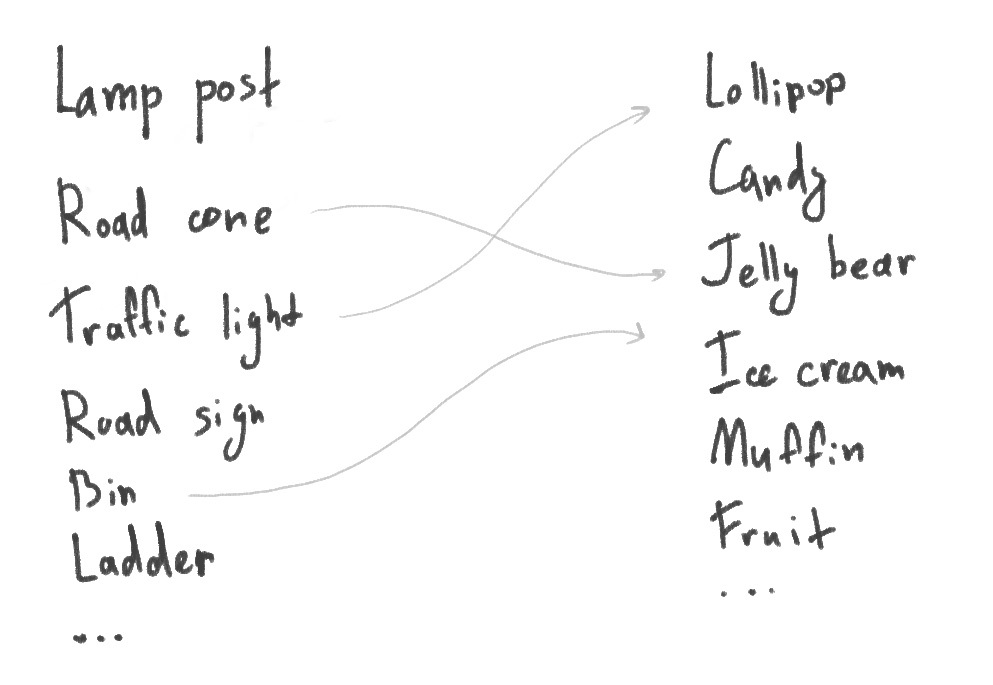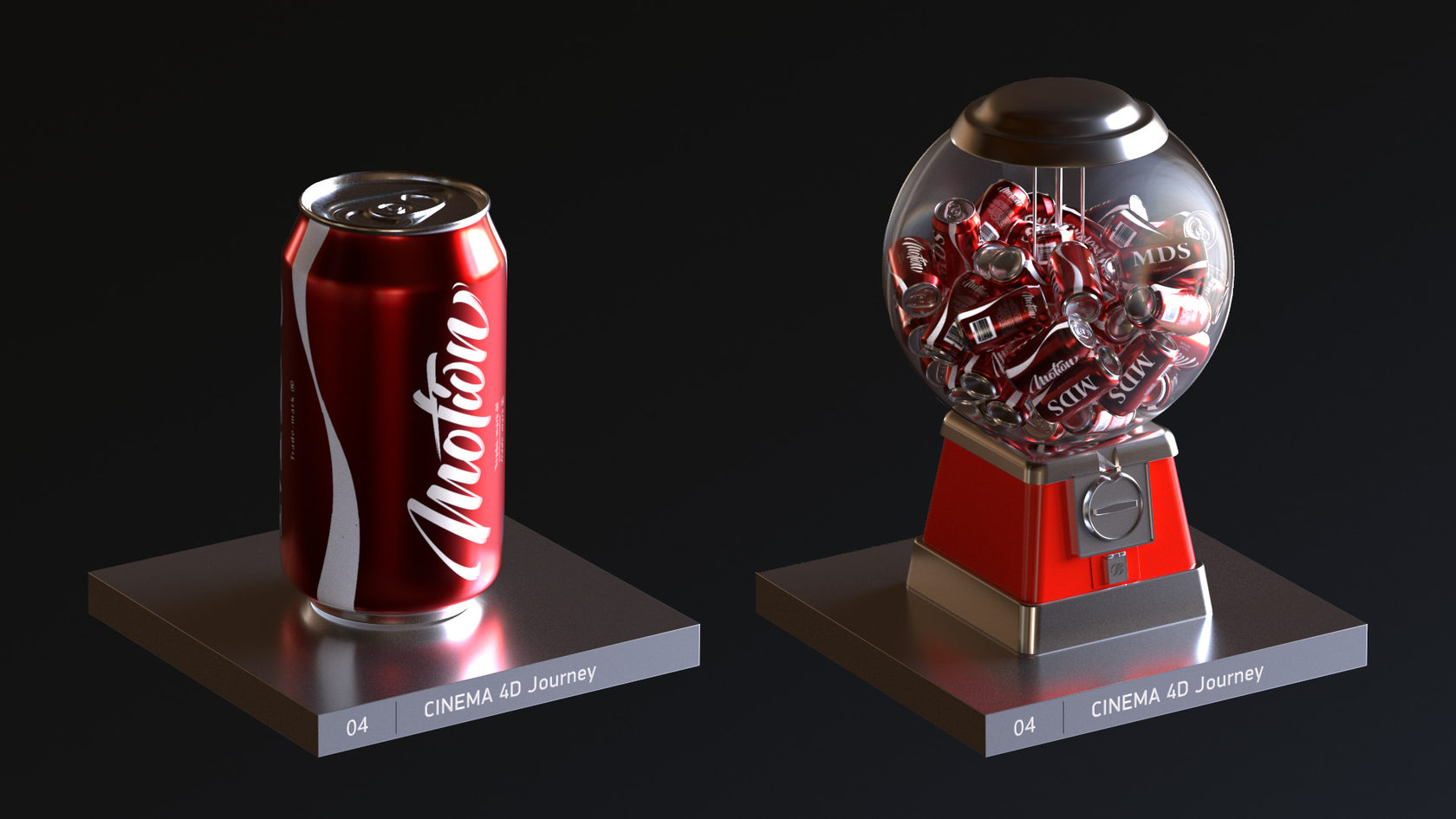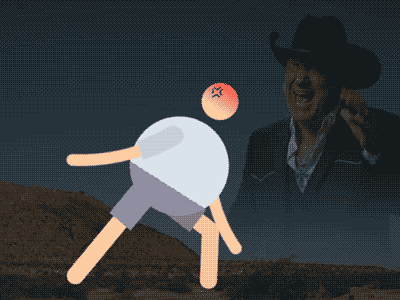You already know, that home tasks and assignments from the lessons of a course have immense potential for creating your portfolio. What’s more, they can be further developed into something bigger, a completely new piece of work that will showcase your skills and your progress. We are talking about scaling up you ideas to series of projects. Why is it so important to create series instead of separate works?
Series are way more effective when it comes to engaging the audience. Also, creating series of works gives you a chance to develop a new perspective within a certain system. As a matter of fact, a designer is an artist that works and grows professionally in a system of rules and requirements. So, how do you do that?
1. Use What You Already Know
Let’s consider the example of the masterclass we offer. We advise our students to take it as one of the home assignments to a Cinema 4D course. In this masterclass, you need to make an ice-cream.
As in the previous topic of the course we have been studying primitives, you already are equipped with all the necessary knowledge to experiment with them on your own and create simple real-life objects.
Here’s an ice-cream dumpster. A combination of the masterclass task with a simple object you can make:

Check our Cinema 4D Journey course.

⚡️ The author of this project honestly admitted having a lot of fun doing that.
The rule is simple: after you’ve learned something new, mix your new skills with your previous works.
2. Be creative and always generate some ideas
The question is how you can push yourself to practice even more.
You can kind of invent a rule for yourself. For example, combining in your works some everyday ordinary objects you can see on the street with sweet things. Like in the example above. Or think of a road sign, for instance. You can make it look like a lollipop:

Start with making a list. In our case, there were two lists: the list of sweet stuff and the list of objects you can combine it with for your work. Match these items, first in the order they follow and then mix them randomly. By doing this, you’ll come up with a lot of concepts, which are, on the one hand, very simple: candies, cakes, doughnuts and stuff, as well as common everyday objects, can be modeled easily. But on the other hand, these combinations create a totally new story.
Any work you create can be developed into a series of projects. You’ll need to define the rules you’ll follow to create the models and generate ideas. We can help you with ideas, but then it’s all up to you.

3. Aim for Creating Something New
You get much more than a good shot for your portfolio. You will learn from that as well. Here’s how it works:
For example, if your task is to create a sphere-shaped lollipop with air bubbles inside and with a rough surface, you’ll face at least one issue, that is creating the bubbles. It seems simple and obvious. You just place smaller spheres inside the object, right? But even such a seemingly easy task has some nuances. If normals of these bubbles are placed the regular way, it will be a sphere inside a sphere, and you won’t see the air bubble. But if the normals are inverted so that they are directed inside, meaning if you turn the sphere inside out, you’ll achieve the result you want.
If you hadn’t tried to create something new, you wouldn’t have learned that ☝️
4. Apply Your Rules in Practice
What I wanted to show was the maximum benefit from the course one could get. When I had to come up with tasks for myself, I gave preference to the ones that were a level higher than what was shown in a lesson. I would try to increase the complexity of constructions, add glowing objects, fog, etc. In one of the lessons the task was to model a beverage can, so I made a candy vending machine full of soda cans instead of candies:

I’m just learning ¯\_(ツ)_/¯
Those were just minimal changes to the original tasks. Another lesson covered various types of materials, using a sphere as an example. Why not create several spheres or make them more complicated? I suggest you do the most complex things you are capable of and combine them in one shot.
In the course, we worked on a screw-bolt cap. But you can always make the whole screw-bolt and think of what you can do with it. For instance, you can create a museum showpiece featuring the last screw-bolt on the planet:

5. Getting It Right
But how do you know if you’ve done everything right and track your progress in the long run? Sharing your works with others or having a separate Instagram account for your projects can be of huge help here. An Instagram account also works great for tracking your progress, from your first work till the most recent one.
Another cool thing that might help you create tasks for yourself is finding an illustrator whose works suit your taste, style and skills. If you want to learn more about how this collaborations work, subscribe to out newsletter. We will talk about it in the next article 😉
6. Say: F### you, perfectionism!
It is basically about knowing when to stop so that you actually get things done.
For sure there are the ones who are too scared by the idea of sharing their projects with others or struggle too hard to finish a piece of work, and this can pose quite a big problem. When you aren’t showing your works to others, you are depriving yourself of the feedback that could increase your efficiency. The only way to prevent this from happening is to step outside your comfort zone. At Motion Design School we set time limits, which means that by a certain time you should be able to show what you’ve got. No excuses. Make a checklist. For instance, you will have to post this or that work no later than next week.
Also, make sure you don’t waste too much time on the minor details that only distract you from the project itself and make you endlessly zoom in the canvas. If you can’t publish a work until it looks like a total masterpiece, try putting it aside and start working on something new. Later, when you get back to the previous work, there is a bigger chance that you will only add the essential things to it because you will be consumed by the new one already.
7. Start Building Your Portfolio Now
As you can see, building a cool portfolio while still learning is totally possible. You just need to use the potential an on-line course offers you wisely: don’t treat the home assignment you get as mere training — always aim to develop it into into something bigger and learn to give challenging tasks to yourself. If you do everything right, there is no way you finish the course empty-handed.
Have fun and then just go show it off!
Want to know more about animation?
Character Tool — Brand New Rigging Script by Motion Design School
Meet the Character Tool!We developed a versatile script for character animators. It contains functions for rigging characters and adjusting their appearance, workflow boosters and a bunch of secondary motion presets.Character Tool consists of 3 tabs: Rigging, Assistant and Presets. Here is a tutorial on how to boost your workflow with this script:Short overview of general features:— RiggingAll the necessary tools […]
Top 3 After Effects Expressions to Simplify Your Workflow
Denys is the Motion Design School’s script wizard and the author of the Expression Trip course. In this article, he will share how to use the most essential expressions that are an indispensable part of any motion designer’s everyday life.Welcome to Expression world!Popular expressionsAfter Effects offers really wide opportunities, but even they are not enough to solve […]
7 Walking Animation Common Mistakes
Creating a believable walk cycle for your character can be a real challenge. At times it seems that you are doing everything right, but the result is still totally disappointing. You are not alone in this, we know your struggle. This article is a guideline for you to follow to ensure your characters walk as […]



